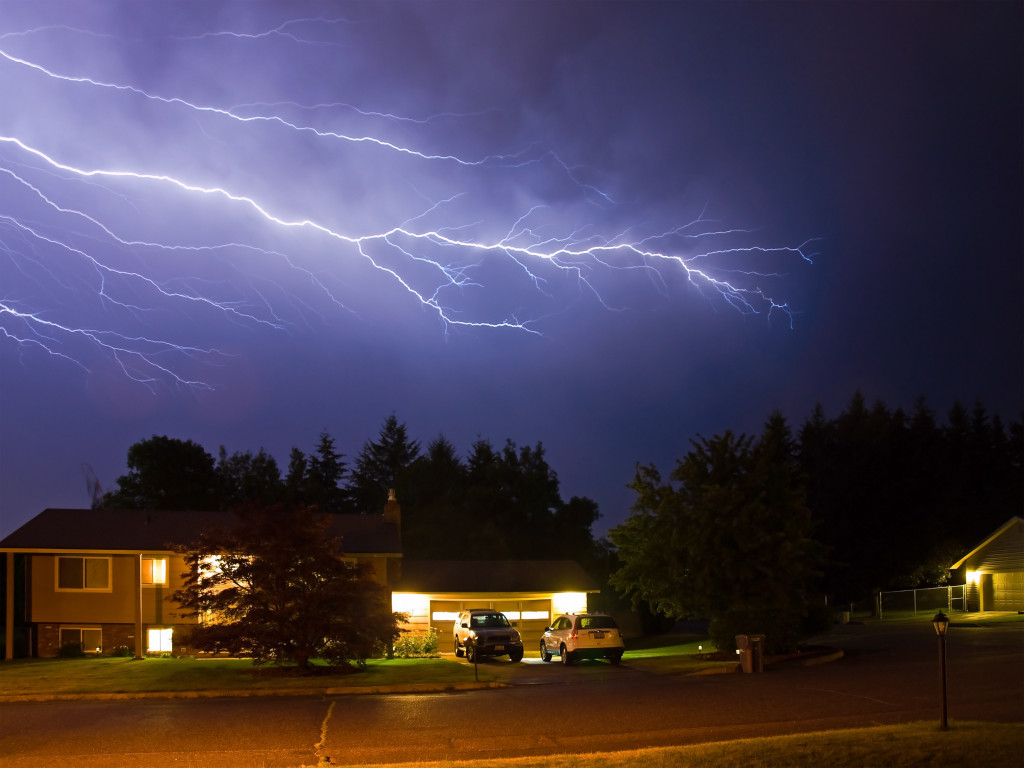Disclaimer: This website provides health information for educational purposes only and is not a substitute for professional medical advice, diagnosis, or treatment. Always seek the guidance of a qualified healthcare provider with any questions you may have.
Natural disasters and calamities are the type of mishaps no person has control over. But thanks to human innovation and advanced technology, one can take measures to soften nature’s blow. Unfortunately, the aftermath of a typhoon is sometimes devastating. For flood-prone areas, this is something residents have learned to anticipate. Having anticipated this event, it’s natural instinct to prepare. It would be best if you did the same for your home and patio, too.
Patios have different designs and layouts. A patio can be built attached to a house or built separately with its own roof. Regardless of design, every patio should be included in any homeowner’s disaster plans. After all, they’re part of a house too. Although your patio’s durability is something you can assess for yourself, it’s helpful to have some professional input on the matter, too. Contact companies like Just Patios to have a team of experienced builders by your side. To supplement, here are some valuable tips to help your patio stand strong in the middle of a typhoon.
Comply With Your Area’s Construction Code
Every country, state, town, or area has a set of standards for constructing weather-resilient buildings. When it comes to storms and typhoons, flooding is often observed in the aftermath. Although the heavy rainfall is beyond anyone’s control, you can do something about preventing flooding. Other than raising your home’s elevation, you can do other measures like installing a sump pump, update sealants, clear downspouts and gutters, install a draining system, and more. Additionally, find out what the construction code for flooding in your area is.
Upgrade Your Doors, Windows, and More to Heavy-duty Alternatives
One tell-tale sign of a hurricane or typhoon is its severe wind. Severe wind refers to high-wind conditions that take place during severe thunderstorms, cyclones, extensive deep low-pressure systems, and tornadoes. In weather reports, these winds are often referred to as gale-force or storm-force winds. Other than the downpour, the strong winds will be a harsh force that’ll put your patio to the test.
Broken windows and glass doors are often part of the aftermath of a typhoon. But aside from these, walls and roofs may fall too. If money is no object, consider upgrading your roof, shutters, and more to heavy-duty ones. For open patios, beams and posts are integral to its structure. These should be durable enough to withstand the hard blows of strong winds. For decks with a roof, it’s recommended to have a roof that’s angled in all four corners. The same goes for the main roof, but it should have no loose or tiles, too. As you can imagine, loose tiles can be dangerous, especially with the ongoing storm.

Review Your Home Insurance
Getting insurance is one way of protecting your property. However, your current home insurance might have coverage gaps. Meaning, it may not include property damage incurred by other causes, such as fire, earthquake, or flooding. Before starting the search for a separate insurance provider for typhoons or flooding, review your current home insurance to check if it’s already included. Take note that this doesn’t mean that you should switch out your current home insurance with this one, but have flood or typhoon insurance to supplement it.
Create a Protocol for Everyone to Follow
It helps to set up some rules for when a typhoon is coming. Other than protecting your property, it keeps everyone safe too. This is a critical discussion to have with everyone in your home. Some actions include moving outdoor furniture to the inside, staying away from doors and windows, staying in the safe zone of your home during the typhoon, and more. But even before that happens, be sure to inspect posts, beams, and any foundation of your home, inspect your roof, clean out your gutters, prepare a survival kit, have a communications plan, and any other action best done before the typhoon hits.
The Bottom Line
Everyone’s safety is the utmost priority. By ensuring that your home is durable and sturdy enough to take on the hard winds and heavy rain, you’re protecting both your family and your property. If an integral part should break down and leave everyone exposed, ensure to have a contingency plan in place. But before it even gets there, do what you can to safeguard your patio and the rest of your home from that possibility.
Have regular inspection and maintenance at least once a year, but preferably before typhoon season. Any other preventive measures and preparation should also be before this time.




